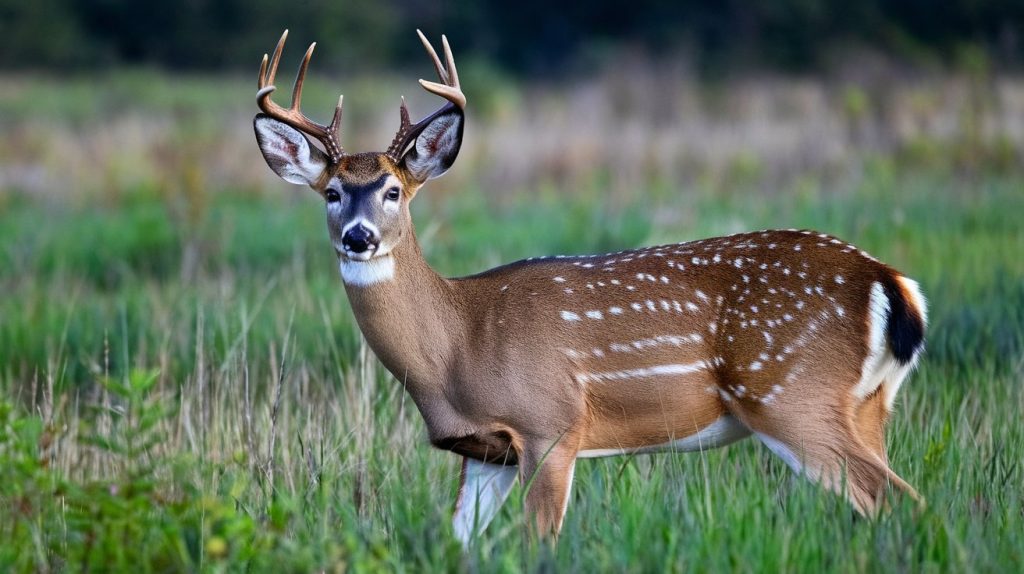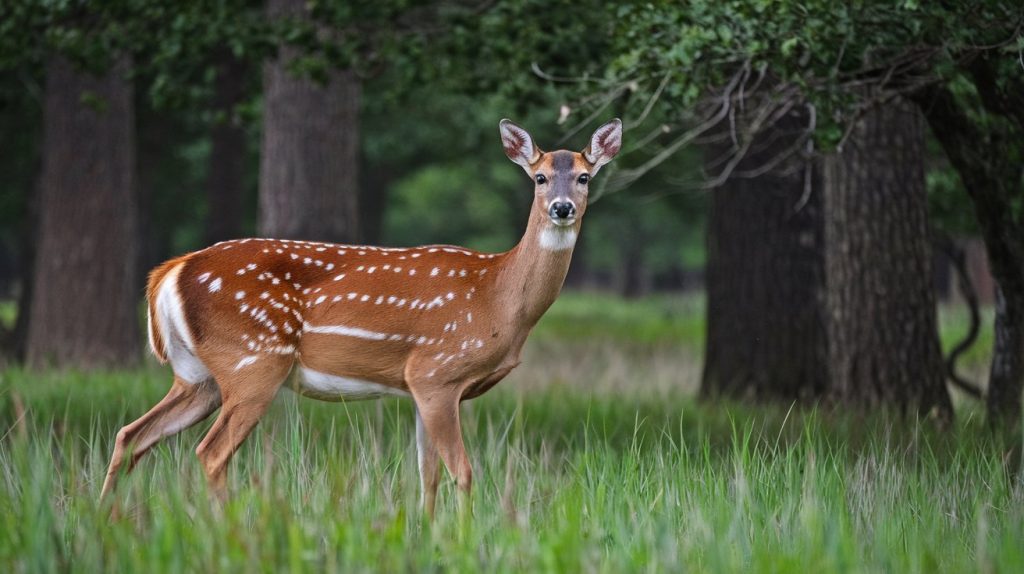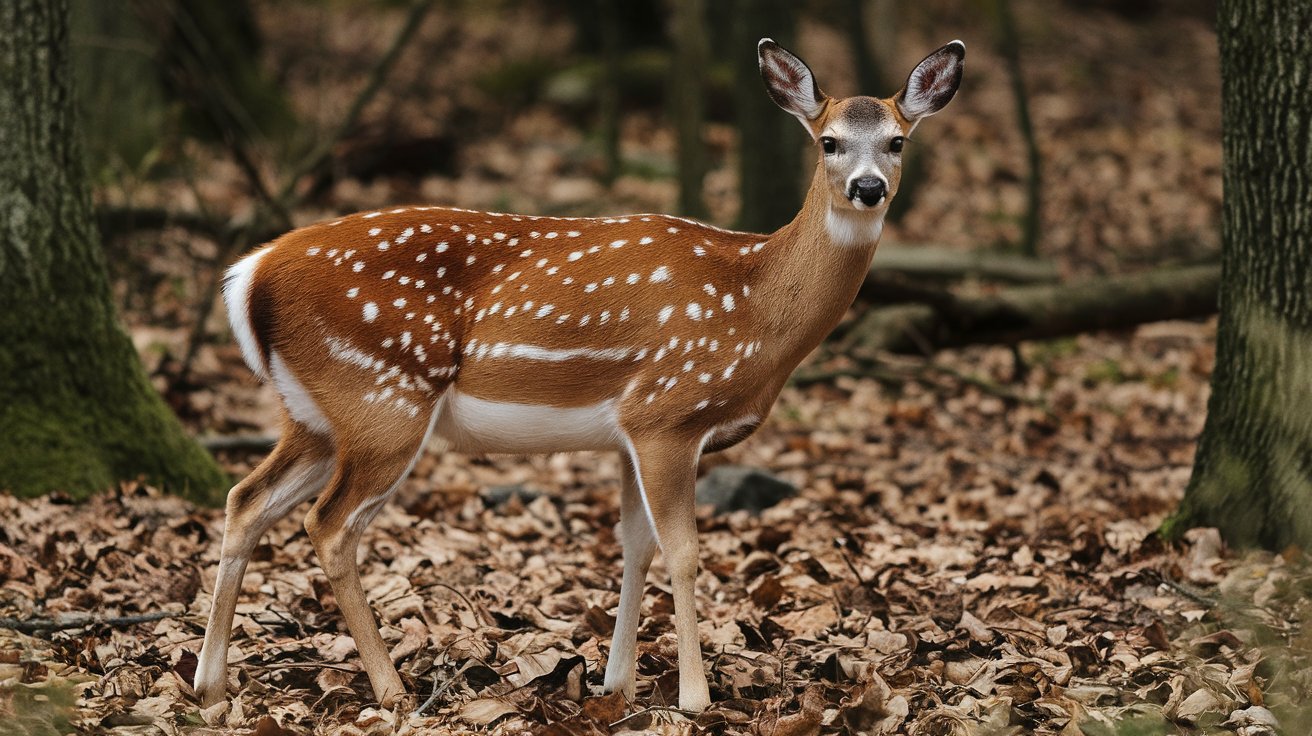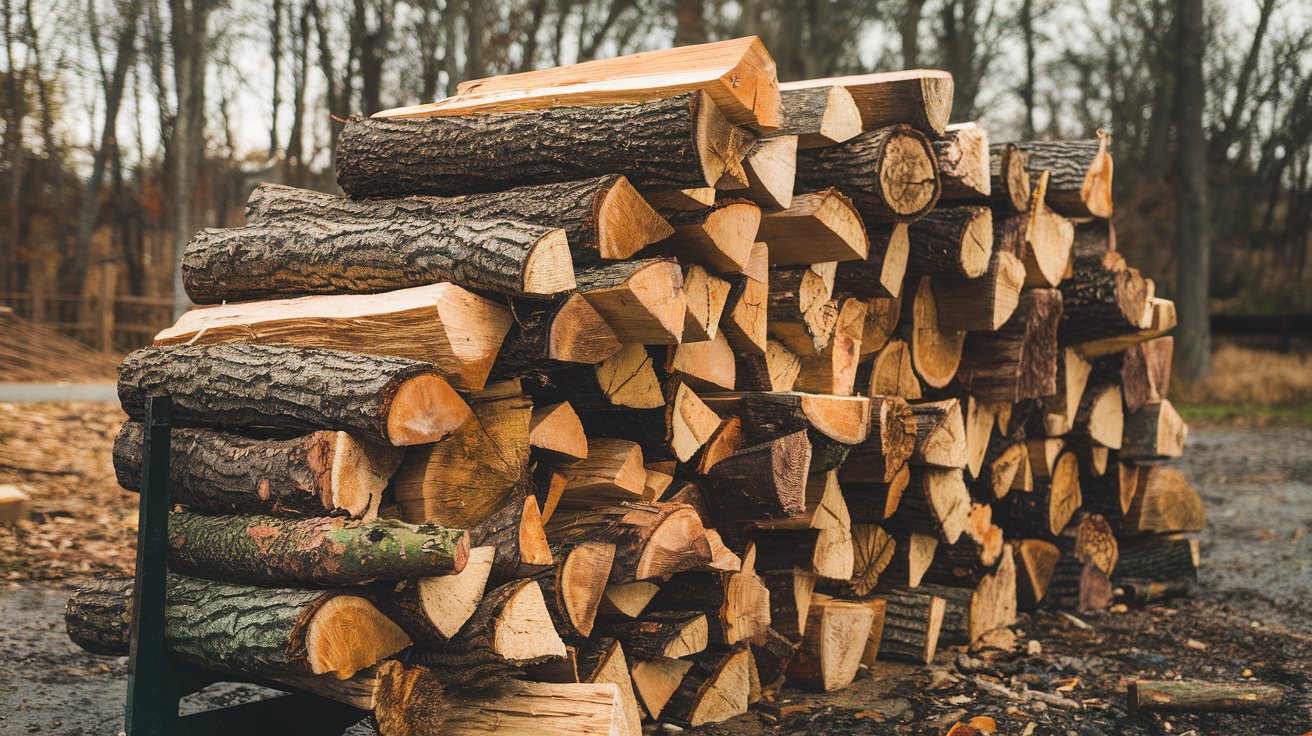Table of Contents
If you’ve ever found yourself wondering, how much does a deer weigh?, you’re not alone. Many people are curious about the size and weight of these graceful creatures. Understanding a deer’s weight is not only interesting for hunters and wildlife enthusiasts but also helpful for anyone fascinated by nature. How Much Does a Deer Weigh? In this article, we’ll dive into the factors that affect a deer’s weight, the average weight of different species, and how deer weight changes throughout their lives.

What Determines a Deer’s Weight?
The question how much does a deer weigh? Has a variety of answers. Several factors can influence a deer’s weight, such as the species, age, diet, and environment. How Much Does a Deer Weigh? Let’s break down each factor to help you better understand what influences a deer’s size.
Species of Deer
Different species of deer can vary dramatically in size and weight. How Much Does a Deer Weigh? The most common species include the white-tailed deer, mule deer, elk, and moose. Each species has its typical weight range, with some deer species being much more significant than others.
- White-tailed Deer: The average weight of an adult white-tailed deer is between 100 and 300 pounds. Males, known as bucks, are usually heavier than females (does).
- Mule Deer: Mule deer tend to be larger, with bucks weighing between 150 and 400 pounds.
- Elk: Elk are significantly more prominent, with males weighing up to 700 pounds and females averaging 500 pounds.
- Moose: Moose, the largest species of deer, can weigh between 800 to 1,600 pounds, with bulls (males) often being heavier than cows (females).
As you can see, how much does a deer weighs depends significantly on its species, with white-tailed deer being relatively light compared to moose and elk.
Age and Growth Stages
Just like humans, deer go through different growth stages, and their weight changes accordingly. Newborn fawns are tiny, but as they grow, they gain weight quickly.
- Fawns: A newborn white-tailed deer fawn typically weighs around 4 to 8 pounds at birth.
- Yearlings: By the time a deer is one year old, its weight will usually be between 70 and 130 pounds, depending on the species.
- Adults: As deer reach maturity, their weight levels out. A fully grown adult can weigh anywhere from 100 pounds to over 1,500 pounds, depending on the species.
So, the answer to how much a deer weighs depends not only on the species but also on the deer’s age.
Diet and Nutrition
A deer’s diet plays a significant role in determining its weight. Deer that have access to a plentiful food supply are likely to be heavier and healthier than those that live in areas with poor food resources.
- Natural Diet: Deer primarily feeds on plants, including grass, leaves, and twigs. In the fall, they focus on eating nuts and acorns to build fat reserves for winter.
- Seasonal Changes: During the winter months, food is scarcer, and deer may lose weight as they rely on stored fat. By spring, deer can appear thinner due to this seasonal shift in diet.
- Habitat: Deer living in areas with abundant food sources, such as forests and fields, are usually heavier than those in more barren environments.
When considering how much does a deer weighs, it’s essential to factor in its diet and the time of year, as deer weights can fluctuate throughout the seasons.
Geographic Location
Where a deer lives can also impact its weight; for example, deer in colder regions tend to be larger and heavier than those in warmer climates. This is because heavier body mass helps deer survive cold winters by providing extra insulation and energy reserves.
- Northern Regions: Deer found in northern climates, such as Canada or Alaska, often weigh more than deer in southern regions.
- Southern Regions: Deer in warmer areas like Texas or Florida tend to be smaller, with a typical white-tailed deer buck weighing around 100 to 150 pounds.
Average Weights of Common Deer Species
Now that we’ve covered what factors influence a deer’s weight let’s look at the average weight ranges of the most common species. This will give you a clear idea of how much does a deer weighs based on species.
White-Tailed Deer
In North America, the most common species of deer is the white-tailed deer. They are known for their agility and are commonly found in forests, grasslands, and even suburban areas.
- Bucks (Males): 150 to 300 pounds
- Does (Females): 90 to 200 pounds
White-tailed deer are often smaller in southern regions and more significant in the northern areas.
Mule Deer
Western America is home to the majority of mule deer populations. Their large ears and black-tipped tails distinguish them from white-tailed deer.
- Bucks: 150 to 400 pounds
- Does: 120 to 200 pounds
Mule deer are more significant than white-tailed deer, especially the bucks.
Elk
Elk, also known as wapiti, are among the largest deer species in North America. They are known for their impressive antlers and are often found in mountainous areas.
- Bulls (Males): 500 to 700 pounds
- Cows (Females): 400 to 500 pounds
Elk can be several times heavier than white-tailed deer, making them a majestic sight in the wild.
Moose
Moose are the most prominent members of the deer family, and their size can be truly staggering. They are commonly found in northern regions of North America and Europe.
- Bulls: 1,200 to 1,600 pounds
- Cows: 800 to 1,300 pounds
Moose can be over ten times the weight of a typical white-tailed deer, making them one of the heaviest land mammals in the world.
How Deer Weight Affects Their Survival

How Much Does a Deer Weigh? The weight of a deer plays a crucial role in its ability to survive in the wild. A heavier deer often has more fat reserves, which are essential for surviving harsh winters and food shortages. This is why deer in colder regions tend to be larger they need that extra weight to stay warm and nourished during the winter months.
Fat Reserves and Winter Survival
During the fall, deer eat more than usual to build up fat reserves for the winter. This extra weight helps them survive when food is scarce. In colder climates, heavier deer have an advantage, as they can go longer without eating while relying on their fat reserves.
- Winter Weight Loss: It’s normal for deer to lose up to 20% of their body weight over the winter. By spring, they are often at their lightest.
- Spring Recovery: Once food becomes abundant again in the spring, deer quickly regain the weight they lost during the winter.
How Much Does a Deer Weigh? A deer’s ability to maintain a healthy weight is essential for its survival, especially in challenging environments.
Also read: How Much Does a Cord of Wood Weigh? Shocking Truth Revealed
So, how much does a deer weigh? As we’ve explored, the weight of a deer depends on many factors, including its species, age, diet, and geographic location. From the small, agile white-tailed deer to the massive, majestic moose, deer weights can range from a few pounds at birth to over a thousand pounds in adulthood. How Much Does a Deer Weigh? Understanding a deer’s weight not only satisfies curiosity but also provides insights into its lifestyle, diet, and survival strategies. Whether you’re a hunter, wildlife enthusiast, or simply curious about nature, knowing the answer to how much does a deer weighs can deepen your appreciation for these fascinating creatures.




